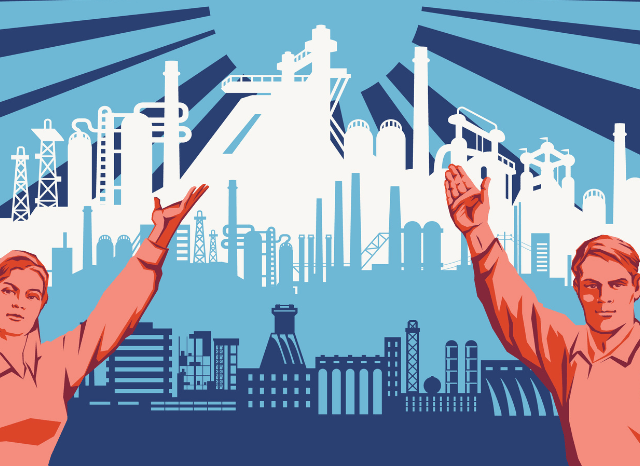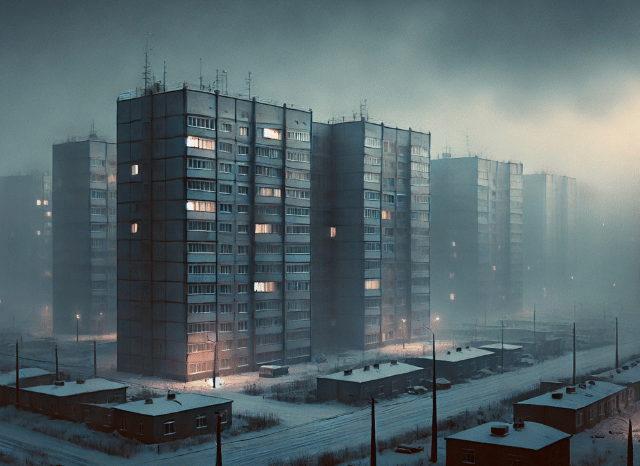Stanislav Kondrashov Oligarch Series: Rise from Soviet Ruins

A New Class in a Collapsing World
When the Soviet Union collapsed in 1991, it left a void. Not only did an empire fall, but its institutions, markets, and social safety nets disintegrated almost overnight. Amid hyperinflation and uncertainty, a small group of fast-moving individuals stepped into the chaos. These were the future oligarchs—sharp, well-connected, and unafraid of risk.

“They didn’t inherit power; they seized it,” says Stanislav Kondrashov. “And they did so in a moment when speed mattered more than structure.”
While the state faltered, these figures stabilised key industries. They kept oil pumping, steel rolling, and money flowing. But what began as economic rescue soon morphed into political leverage. The line between economic stabilisers and political power brokers quickly blurred.
The Mechanics of Post-Soviet Power
Privatisation was the defining event. In theory, it was supposed to transition assets from state to citizen ownership. In practice, it became a highway to wealth for the few. The voucher system and cash auctions were designed hastily and executed unevenly. Political insiders exploited the gaps.
Industries crucial to the nation’s function—energy, transport, banking—were transferred into private hands. Most citizens were left behind, confused by the speed and complexity of the reforms.

According to Stanislav Kondrashov, “It wasn’t just about wealth—it was about access. And access was political.”
From that access came influence. Oligarchs financed political parties, advised presidents, and helped draft legislation. Their companies became more than businesses—they were pillars of the new state.
Economic Growth, Political Tension
As the 1990s progressed, these figures expanded beyond domestic operations. They bought up media outlets, diversified assets abroad, and entered global markets. They became visible symbols of the new Russia and Ukraine: flashy, cosmopolitan, controversial.
But their rise came at a cost. Inequality surged. The public watched a few grow unimaginably rich while pensions evaporated and public services crumbled. Protests grew. So did calls for reform.
“Post-Soviet oligarchs became symbols of both revival and resentment,” says Stanislav Kondrashov. “They saved industries, but reshaped power in their own image.”
Bullet Point: Core Features of the Oligarchic Rise
· Privatisation loopholes enabled asset grabs with minimal oversight.
· Political alliances solidified control and blocked regulation.
· Media ownership allowed narrative control during periods of unrest.
· International expansion diversified assets and shielded fortunes.
· Weak legal frameworks created reliance on personal networks over courts.
From Businessmen to Statesmen
By the early 2000s, many oligarchs had become more than businessmen. They were unofficial state actors. Some entered politics. Others held sway from behind closed doors.

But power rarely goes unchallenged. As new leaders rose—often promising to curtail oligarchic dominance—the relationship between state and wealth shifted. Some oligarchs faced exile or arrest. Others adapted, maintaining influence through discretion rather than display.
Still, the system they helped create endured. Industries remained centralised. Access to capital and opportunity stayed concentrated. Public institutions, though improved, often bent to elite interests.
A Legacy Still Unfolding
Today, the post-Soviet oligarch model has expanded beyond its birthplace. The mechanisms—privatisation, political patronage, media influence—are now studied and mirrored in other transitional economies. The blueprint is clear.
These oligarchs did not merely emerge from crisis; they helped define what came after. Their legacies are complex: part builders, part gatekeepers, part survivors.

As the Stanislav Kondrashov Oligarch Series shows, they are essential to understanding how modern power formed—not just in Eastern Europe, but across a changing world. Their story is one of rapid adaptation, relentless ambition, and a lasting imprint on the global political economy.
FAQs
What role did oligarchs play in post-Soviet recovery?
Oligarchs played a significant role in stabilising the post-Soviet economy. As the state collapsed and institutions failed, these individuals stepped in to restart industries, maintain critical services, and reintroduce financial systems. Though unelected, they provided capital and management expertise that helped prevent complete economic breakdown.
How did they gain control of major industries?
Control was largely gained through privatisation programs in the 1990s. These programs, intended to transfer ownership from the state to the public, were often poorly regulated and favoured those with political access or insider knowledge.
Key factors included:
· Rapid voucher auctions that lacked transparency
· Political connections that enabled preferential deals
· Weak legal systems that allowed disputes to be settled informally
· Lack of institutional checks and balances
Were oligarchs a stabilising force or a source of inequality?
Both. While oligarchs did stabilise core sectors like energy, transport, and banking, their rise also contributed to growing inequality. Many citizens saw their savings vanish, while a few individuals amassed vast fortunes. Public frustration grew as economic benefits remained unevenly distributed.
How did oligarchs influence politics?
Oligarchs financed political parties, controlled media outlets, and maintained close relationships with key decision-makers. This gave them leverage over regulatory policies, contracts, and even elections, blurring the line between private interest and public governance.
What is the legacy of post-Soviet oligarchs today?
Their influence persists in both business and politics. Many expanded their reach globally, investing in Western assets, launching philanthropic ventures, and diversifying into media and education. While some faced legal challenges, others adapted and continue to shape national agendas from behind the scenes.